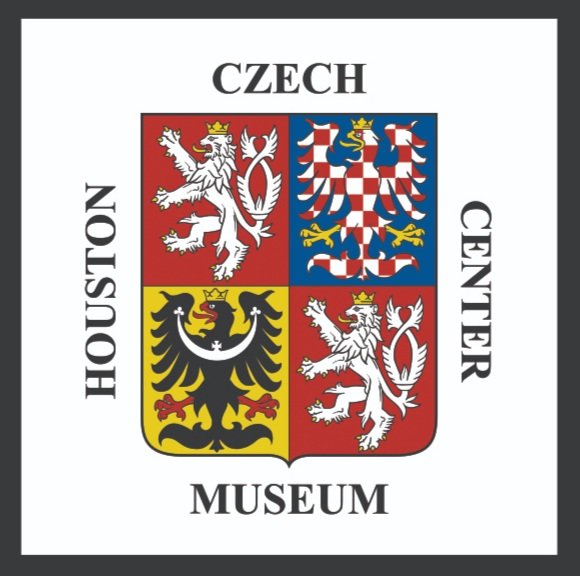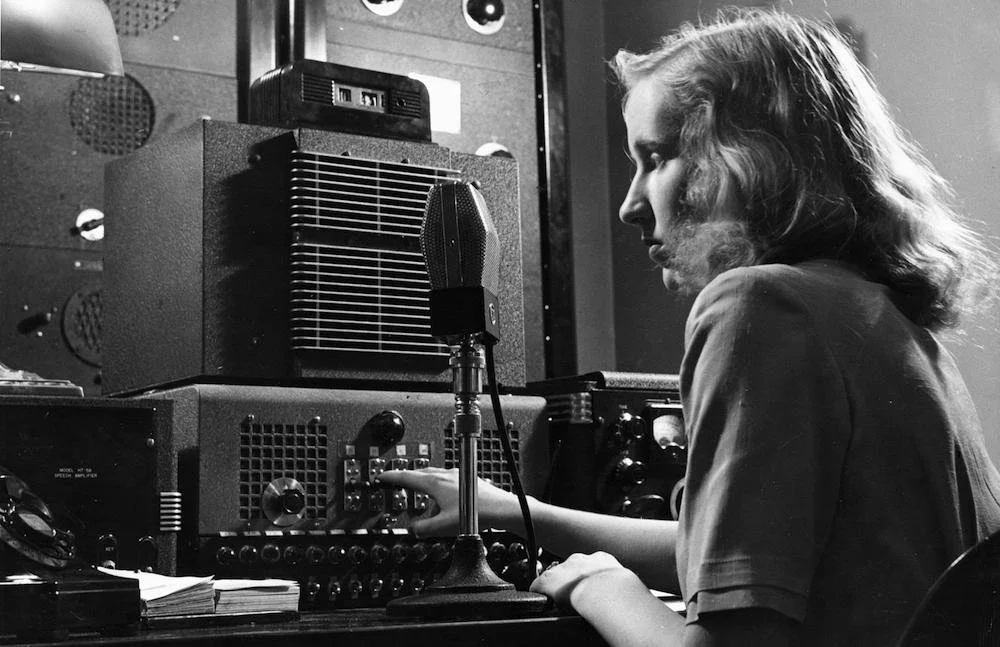Many know the life and legacies of Tomáš Masaryk and Edvard Beneš, two Czechs who helped to found Czechoslovakia. However, there was a third person who played a very important role in the founding of the country: a Slovak named Milan Štefánik. Before he participated in the founding of Czechoslovakia though, he was first an astronomer and aviator.
Radio Revolution
Radio and its revolutionary effect were felt in Czechoslovakia just as it was in the rest of the world. It began with the first broadcasts, occurring before World War I, into the first Czech-produced program in late 1919. Of course, as radio technology progressed and advanced, its use as a medium for propaganda grew more and more robust. Despite its use in propaganda, radio also served as a tool to disseminate important information about the nation and the world at-large.
Jan Kotěra: Founder of Modern Czech Architecture
Jan Kotěra was an important figure in Czech architecture for his use of modern elements in his works, earning him the title of “founder of modern Czech architecture.” Kotěra’s career began with the renovation of Červený Hrádek, using both neo-Gothic and Art Nouveau elements outside and inside, respectively. Despite being controversial in terms of culture and architectural style, Kotěra’s life and career continued in success, culminating in the creation of his 1913 “masterpiece” the Museum of Eastern Bohemia. Throughout his life, Jan Kotěra continued to create and build works of great architecture.
St. Martin's Day
On November 11th, the Czech Republic celebrated St. Martin’s Day by having a feast in honor of St. Martin of Tours. St. Martin of Tours himself was a Roman soldier who became a Christian monk after an act of kindness. One of the main courses features roasted goose, inspired by the story of cackling geese. This feast is a feature of many European cultures, as well.
Karel Zeman: Czech Film Director and Animator
Legendary Czech film director, screenwriter, artist, and animator, Karel Zeman is known for creating fantasy and science fiction films. His first major breakthrough occurred in 1943 while participating in a window-dressing competition in Brno, where he accepted a job offer to work for the Bata Film Studios in Zlin. After that, in 1945, Zeman began work on A Christmas Dream, then directed his first feature film, The Treasure of Bird Island, in 1952. His work is illustrious enough for a museum dedicated to his work, the Karel Zeman Museum in Prague.
The Origin of the Bohemian Name
Before the Czechs were Czech, they were Bohemian, beginning with Roman-named Celtic “Boii” people. The Germans called the land “Böhmen” while the Romans called it “Boiohaemum,” meaning the history of the Boii continued to influence the land long past their existence there, even by the time the Czechs began living there. Translated to English, these names became “Bohemia,” where “Bohemians” lived, before they were finally known as Czechoslovakians, then as Czechs and Slovakians in their respective nations.
Vlasta Adele Vraz : A Czech-American during Communist Czechoslovakia
Vlasta Adele Vraz was a Czech-American who served as the director of American Relief for Czechoslovakia after World War II and was arrested as a spy by the Communist government in Czechoslovakia. She was released, becoming the president of the Czechoslovak National Council of America. She spent most of her life before World War II surrounded by writers and writing for her family’s newspaper, the “Svornost.” After her release, she continued as an editor for the American Bulletin and Vestnik before she died in 1989.
Jiřina Šiklová: Sociologist, Gender Studies Professor, and Dissident
Capuchin Crypt
Founded in the 17th century, the Capuchin Crypt in Brno holds the natural mummified remains of 150 Capuchin brothers, 50 benefactors, a Roman noblewoman, and a famous soldier. Capuchin burials involved detailed records of not just the dead, but also the living, which also documented the history of the church itself. Unfortunately, people were occasionally buried alive due to coma or paralysis. There are other interesting aspects of the Capuchin Crypt, such as the tomb of Noblewoman St. Clementine or the thumb of František Baron Trenck.
Tomáš Masaryk and the United States
Tomáš Masaryk, first president of Czechoslovakia, was inspired by the freedom and democracy of the United States. While negotiating for Czechoslovakia’s independence, Masaryk developed not only political relationships, but also personal and intellectual ones with the United States. During the First World War, he was exiled after siding with the Allied Powers, but did not give up on garnering support from his fellow Czechoslovakians. The Lansing Declaration of May 1918 was one of many important moments in the future creation of the Czechoslovak Republic, which eventually came to pass, all before he died in 1937.
The Bohemian Revolt: Battle and Execution
On November 8, 1620, the Bohemian army had lost the Battle of White Mountain, resulting in the Bohemian Revolt, which proved to have dire consequences on those who participated. For example, since the severity of punishment increased depending on the level of participation, those who held an official position or provided service had their property confiscated while the revolt leaders were given the death penalty. There were further consequences down the line which shaped Bohemia’s future.
Czech Cottage Culture
Warsaw Pact
Oldřich Kulhánek and the Czech Koruna
Oldřich Kulhánek was a Czech artist and critic of the Communist Regime best known for his work on designing the current Czech banknotes. His career began in 1958 at the Academy of Arts, Architecture and Design in Prague. During his young life, his politically motivated art would get him arrested and the art almost destroyed since he negatively portrayed Communist leaders. After the collapse of the Soviet Union, Oldřich Kulhánek was once again free to express his views through his art and was tasked with designing the bills of the Czech Koruna.
Language of the Flowers
Czech Spa Cups
Spa cups were created for drinking natural spring water, supposedly endowed with healing properties. This cultural sipping cup began with a pig and its broken leg, which apparently recovered after rolling around in the mud from spring water, inspiring Teplice locals to soak in the water to cure their ailments. By the 19th century, the spa scene became popular enough to inspire studies and university courses. The spa cups themselves appeared in the early 17th century, made to taste the spring water and benefit from its healing properties.
A History of Czech Feminism
The once egalitarian, agrarian society of Bohemia became ruled by the Hapsburg Dynasty, causing a regression in women’s rights until Christianity helped improve their lives. The National Revival brought the creation of Czechoslovakia and greater rights for women. When communism came, rights improved in some ways and did not in others. The change to a capitalistic democracy brought further changes.
Czech National Revival
A response to increased Germanization, the Czech National Revival revived Czech literature, language, history, and politics. Increased nationalism marked this period of cultural revival. The movement started before the 19th century with Czech intellectuals such as Josef Jungman and Josef Dobrovský becoming more discontent with the decrease in Czech culture, language, and national identity. Czech national identity also involved realism, rejecting the romanticism of the past, which was considered “anti-nationalist.” With the end of the Great War, the goals of the National Revival movement were successfully met.
Karlovy Vary Film Festival
The Karlovy Vary International Film Festival, or KVIFF, hosts about 200 films from around the world and is the oldest film festival. Located in Karlovy Very, Czech Republic, the film festival is held annually in July and is the most prestigious festival in Central and Eastern Europe, boasting a popular feature film competition.
The Legend of Lech, Cech, and Rus
The legend of the three brothers Lech, Cech, and Rus, who became the ancestors of the Polish, Czech, and Rus, explains how these cultures were created. The legend involves the brothers being the son of prince Pan and leaving the Pannonia empire. Some accounts don’t involve Rus, rather just Lech and Cech, who are the sons of Jan and not Pan.







